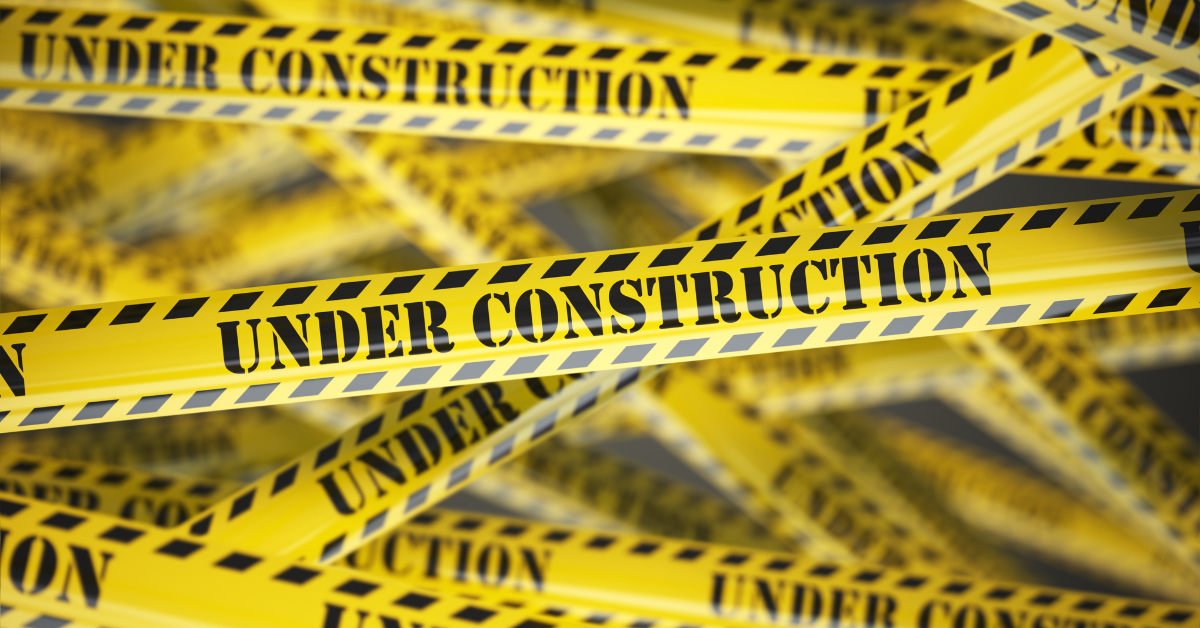If you’ve worked on a construction site, then you’ve absolutely experienced delays to your projects. We could list a dozen or more reasons for delays, but a lot of them can be caused by bottlenecks. Bottlenecks happen when the work volume exceeds the capacity or bandwidth of a project, and the open flow of work slows or stalls completely.
Bottlenecks can result in missed deadlines that delay the overall project, which then impacts budgets, eats into profit margins and damages your reputation. Strained relationships with clients and other stakeholders can have long-term repercussions that could affect future projects, so addressing the root causes of bottlenecks is a pretty important part of protecting your reputation and overall margins.
Why do bottlenecks in construction happen?
Micromanagement: Closely reviewing the work on-site is important and that’s understandable. But overly controlling management styles can stifle decision-making and slow down progress.
Lack of risk management: Failure to anticipate and mitigate risks can have massive consequences at any stage of a build. Building regulations continue to evolve to include new initiatives so it’s not a huge surprise that construction workers find their risk management workloads increasing.
Labour shortages: The shortage of skilled workers can bottleneck projects, especially during peak construction seasons. People management can be complicated on multi-site projects; ensuring that the right resources are allocated and there is a clear communication flow can be a huge challenge when a team is already stretched.
Improper equipment: Outdated or inadequate equipment can slow down work processes and compromise quality; with regulations like Part L requiring ongoing record keeping for SAP assessors, you must be able to demonstrate this quality. As outlined in the Building Safety Act, all construction projects should now keep a digital record of each build stage; also known as the Golden Thread.
Prevention of construction bottlenecks
Identify the type of bottleneck: Understanding the root cause is crucial for implementing effective solutions. Is the bottleneck caused by people or systems? Is there a problem with direct communication between team members? Are there constant issues arising meaning that there isn’t a clear risk management process?
Create a workflow: Whether you’ve gone digital or not, having a workflow is vital. While analogue solutions, or even spreadsheets, are slower and less flexible than digital solutions they are always better than nothing. A project management system can help massively here; tools like Gantt charts or scopes of work map out processes and streamline workflows from day one.
Improve communication management: Clear and open communication among team members, subcontractors, and stakeholders is essential for identifying and resolving bottlenecks. Getting caught in the “who said that?” or “let me check my emails” cycle of finding information is a massive drain on time and resources. Knowing who is responsible for communicating important information is essential – having a central data environment (CDE) as a single source of truth that everyone can access is even better.
Track and analyse processes: While nobody likes filling in forms or spending hours on admin, capturing information throughout each stage of a build means you will have data at your fingertips that you can use to make informed decisions about your processes. Being able to see a clear overview through regular reports means you can identify patterns and see common issues – viewing the bigger picture, if you will.
Everybody wants to be more productive, and we all want to be part of a team that produces the highest quality work while maintaining efficiency and meeting deadlines. Working in construction takes that a step further by throwing in regulatory compliance, with potentially dire consequences on the line when mistakes are made. Being proactive in managing your processes is the best way to address bottlenecks before they happen, and leveraging technology is fast becoming the most efficient way for construction companies to do that. Tracking and reporting becomes much easier when everything is in one place and having a single source of truth reduces the likelihood of miscommunication-related problems. By addressing bottlenecks head-on, construction companies can improve efficiency, meet deadlines, and uphold their reputation for delivering quality projects on time and within budget.
Need support with choosing a digital tool to tackle bottlenecks?







